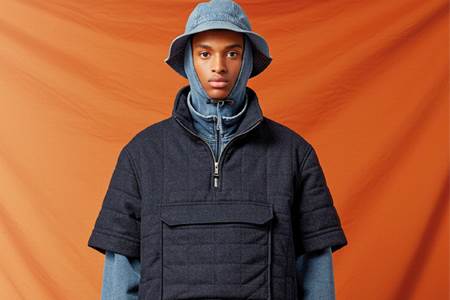


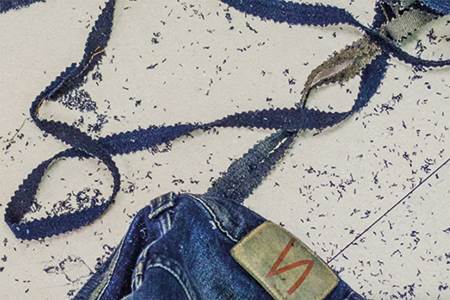
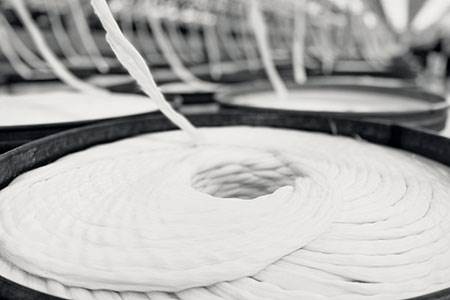
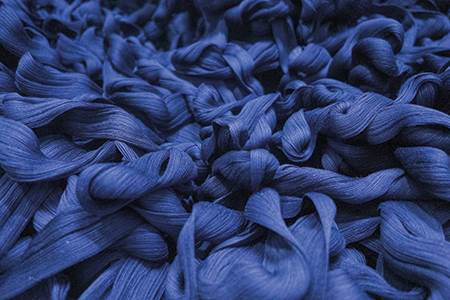
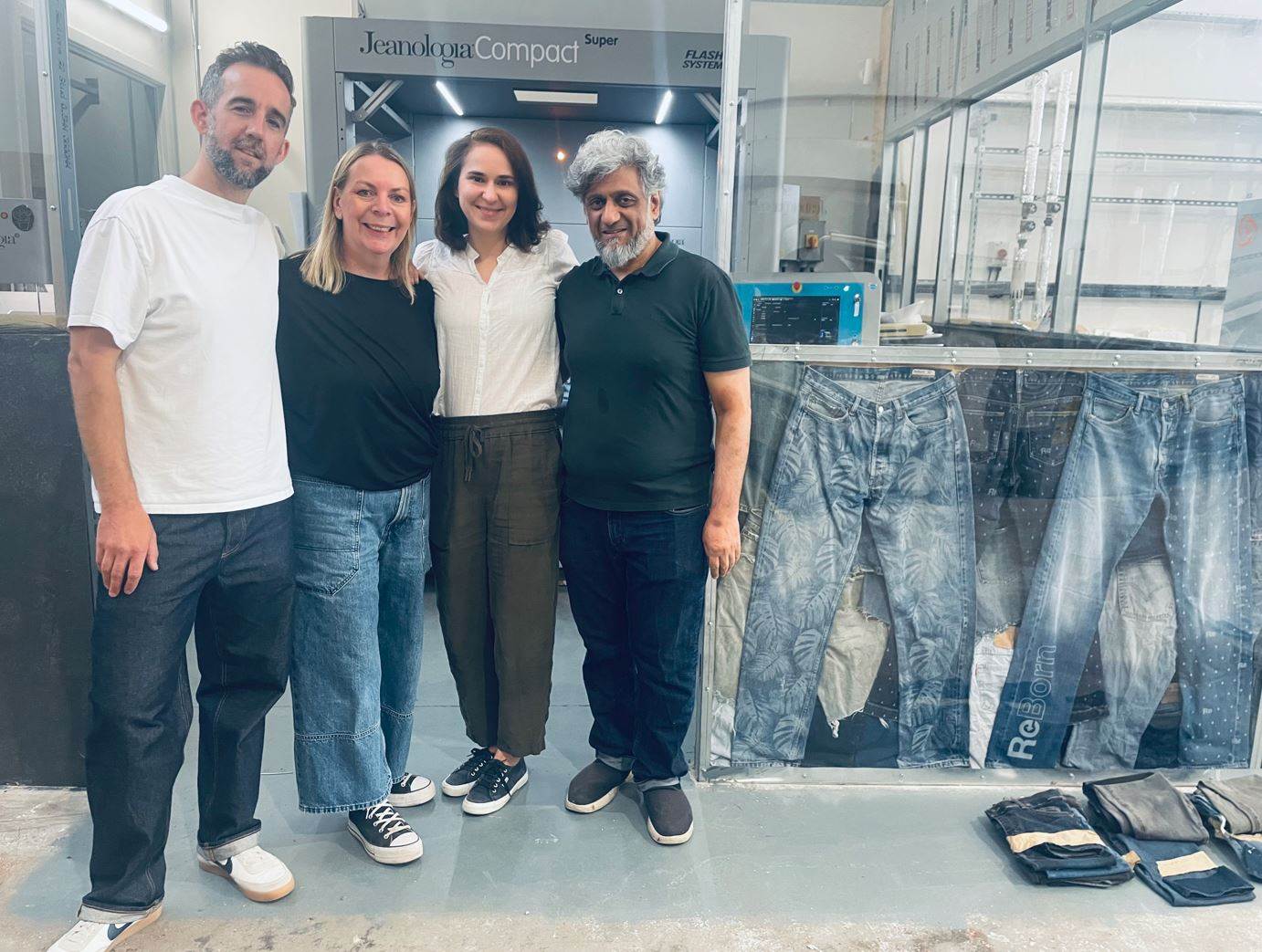
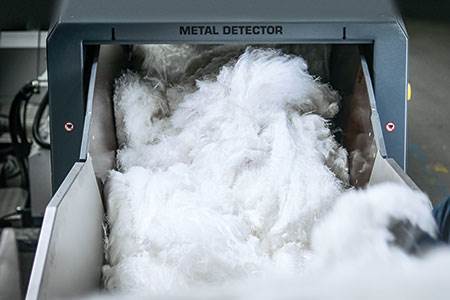 Melt and spin fibre-to-fibre recycling
Melt and spin fibre-to-fibre recycling
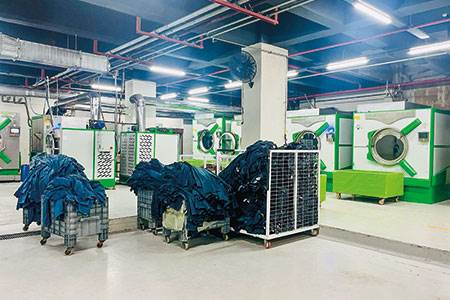 Full throttle
Full throttle
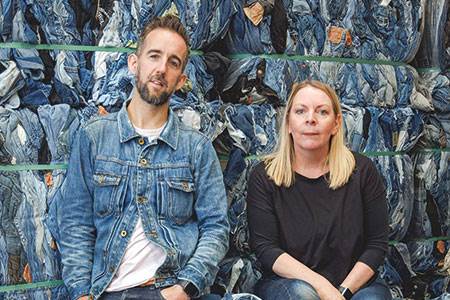 A hub for positive denim
A hub for positive denim
 Tilting the scale
Tilting the scale
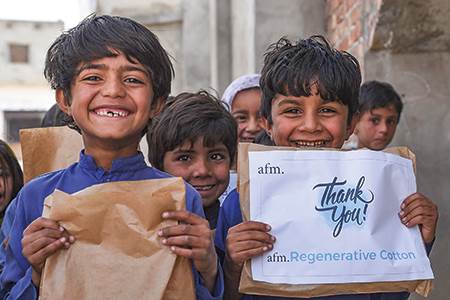 Heartbeat of the community
Heartbeat of the community
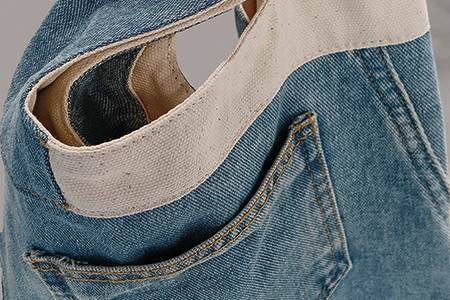 Seoul searching for used jeans
Seoul searching for used jeans
 How trendsetting changed camps
How trendsetting changed camps
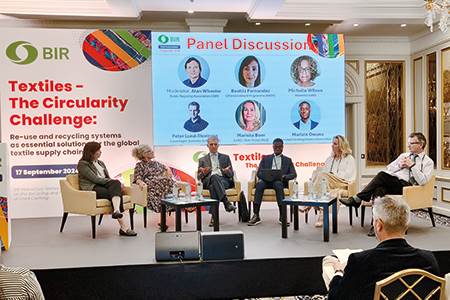 The tangled trade of second-hand clothing
The tangled trade of second-hand clothing
 Natural progression
Natural progression
 Passport to compliance
Passport to compliance
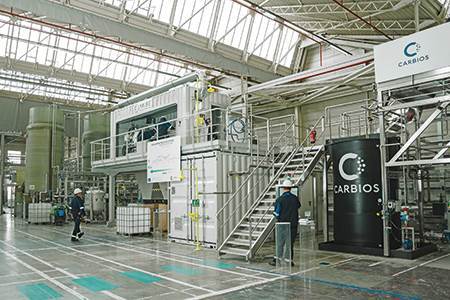 Plastic-eating enzymes
Plastic-eating enzymes
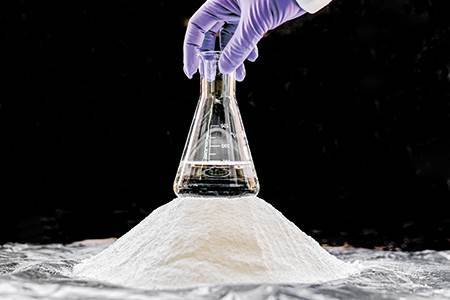 Chemical recycling scales up
Chemical recycling scales up
 No wood to waste
No wood to waste
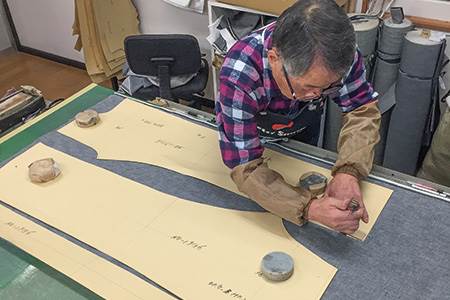 Japan’s first women’s jeans
Japan’s first women’s jeans
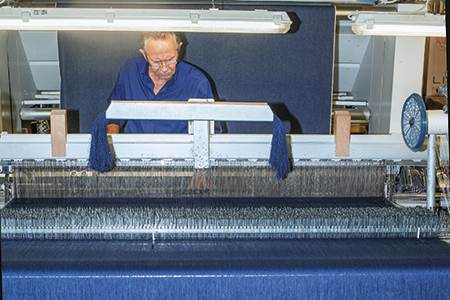 The need for biodegradable fibres
The need for biodegradable fibres
 A beacon of innovation
A beacon of innovation
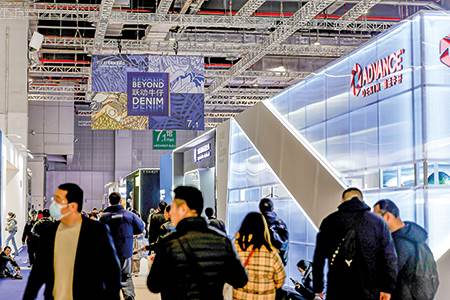 Fresh pearls in Shanghai
Fresh pearls in Shanghai
 Investment-focused Royo boosts super-strength denim
Investment-focused Royo boosts super-strength denim
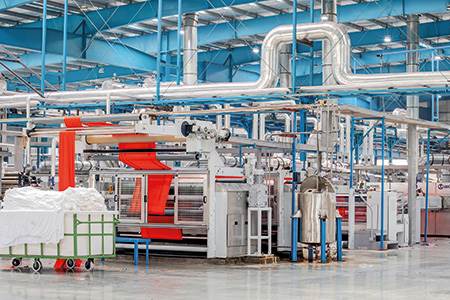 Cash for carbon cuts
Cash for carbon cuts
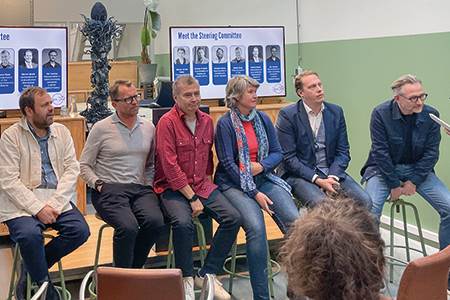 The Denim Deal goes global
The Denim Deal goes global
 The rise of alternative natural fibres
The rise of alternative natural fibres
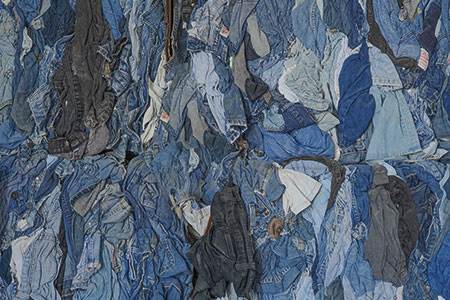 Tipping the scale
Tipping the scale
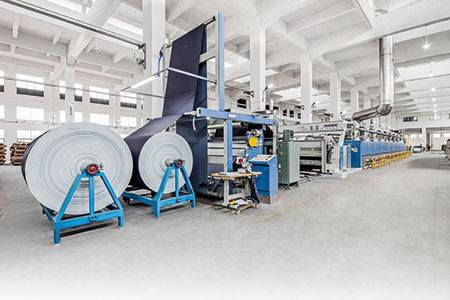 Cool threads
Cool threads
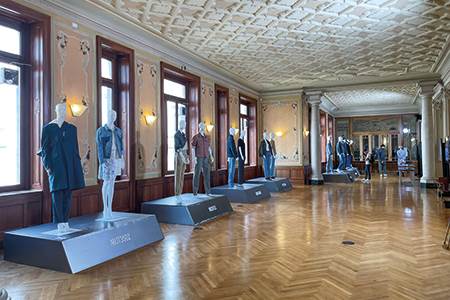 Putting Genoa back on the map
Putting Genoa back on the map
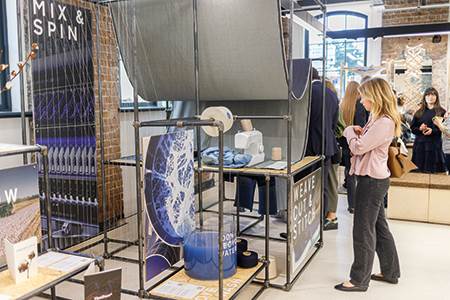 Glimpse of the future
Glimpse of the future
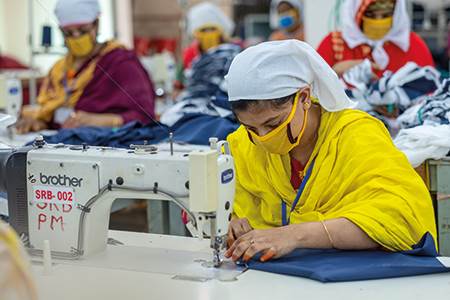 Better purchasing practices
Better purchasing practices
 The dynamics of regenerative cotton
The dynamics of regenerative cotton
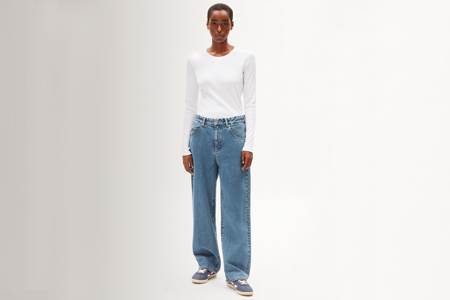 Angel’s advocate
Angel’s advocate
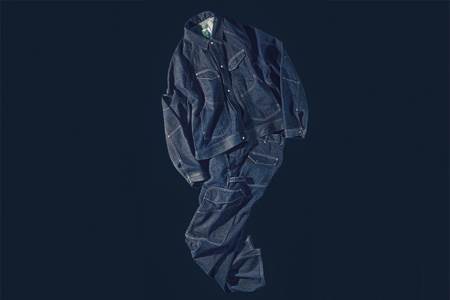 Brewing a new blue
Brewing a new blue
 Denim mill’s digital diligence pays off
Denim mill’s digital diligence pays off
 Eye in the sky
Eye in the sky
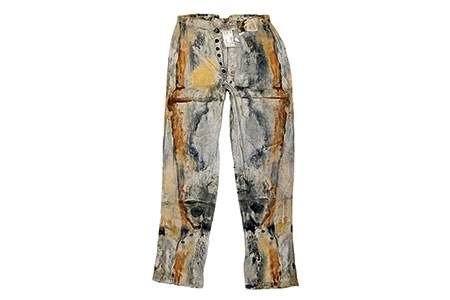 Stemming the flow of microfibre fluff
Stemming the flow of microfibre fluff
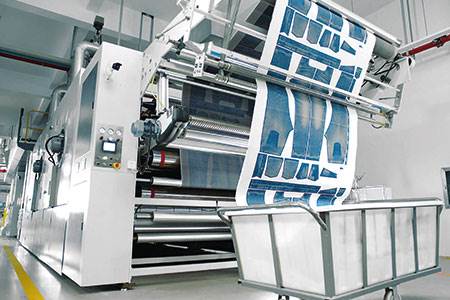 The fine print
The fine print
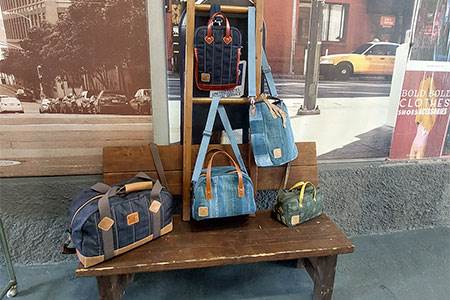 Schools must connect better to the fashion industry
Schools must connect better to the fashion industry
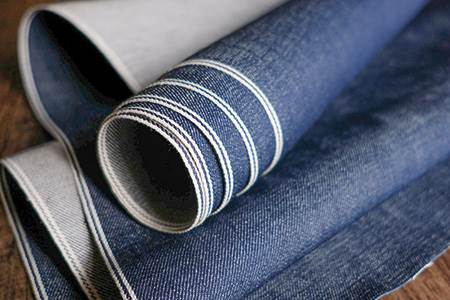 Into the future with Kaihara
Into the future with Kaihara
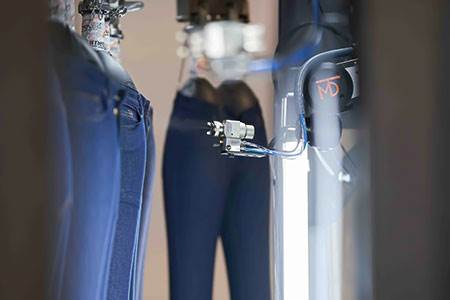 ITMA, the epitome of work in progress
ITMA, the epitome of work in progress
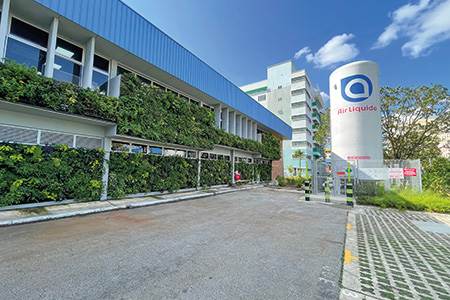 A greener shade of blue
A greener shade of blue
 Trash into treasure
Trash into treasure
 New fibres in the loop
New fibres in the loop
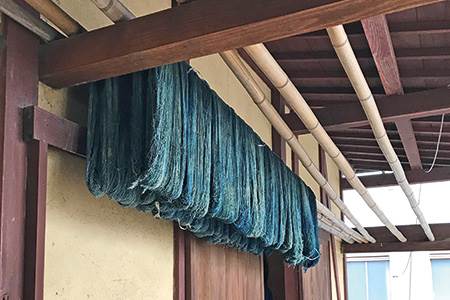 Telling the tale of indigo
Telling the tale of indigo
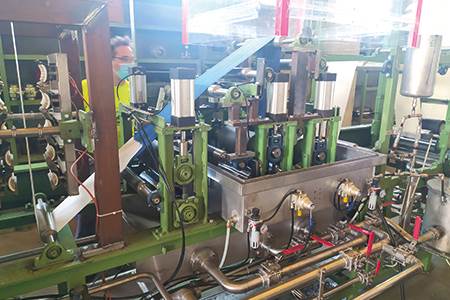 Upending ultrasound
Upending ultrasound
 Fibre fightback
Fibre fightback
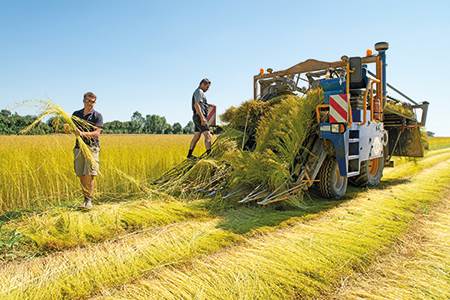 Fibres build bridges
Fibres build bridges
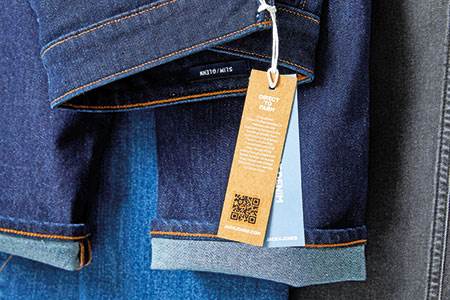 Sustainability stripes
Sustainability stripes